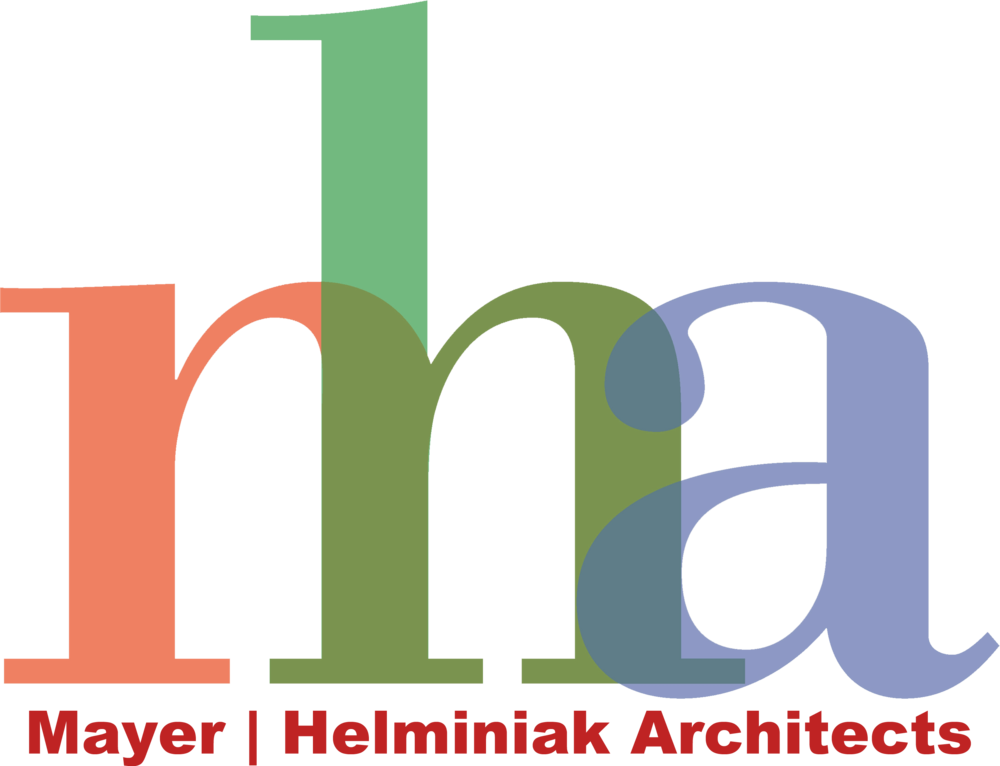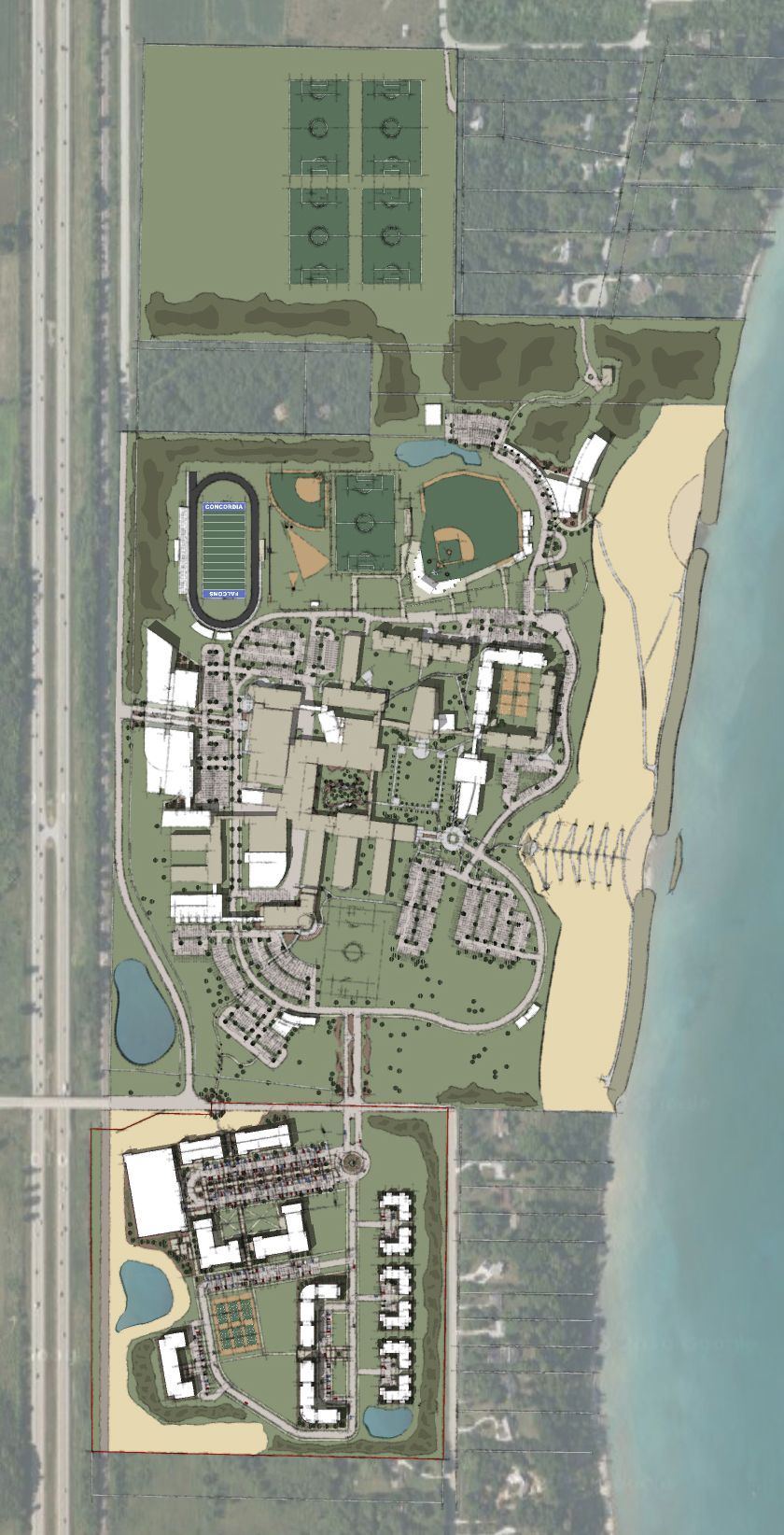
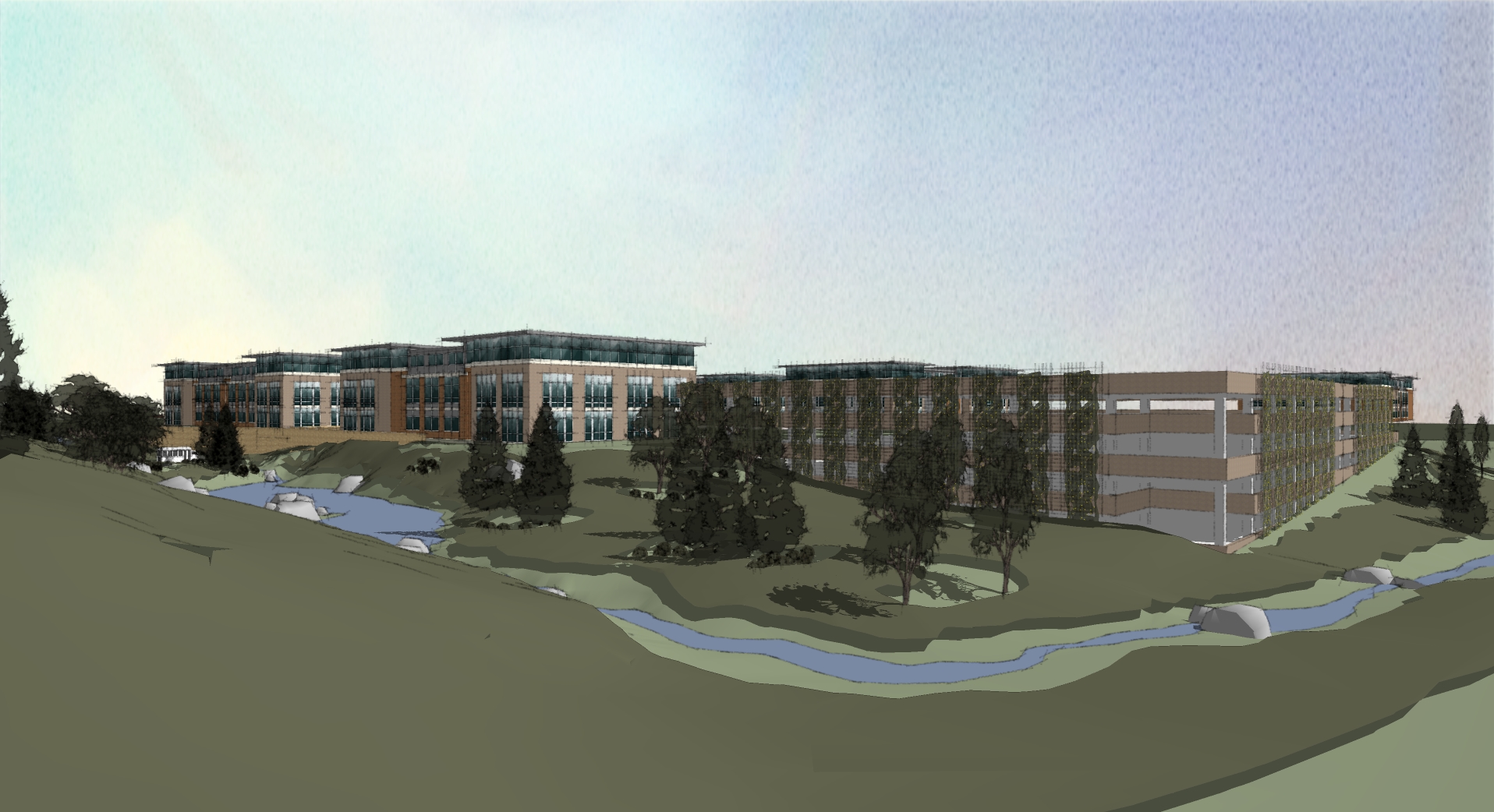
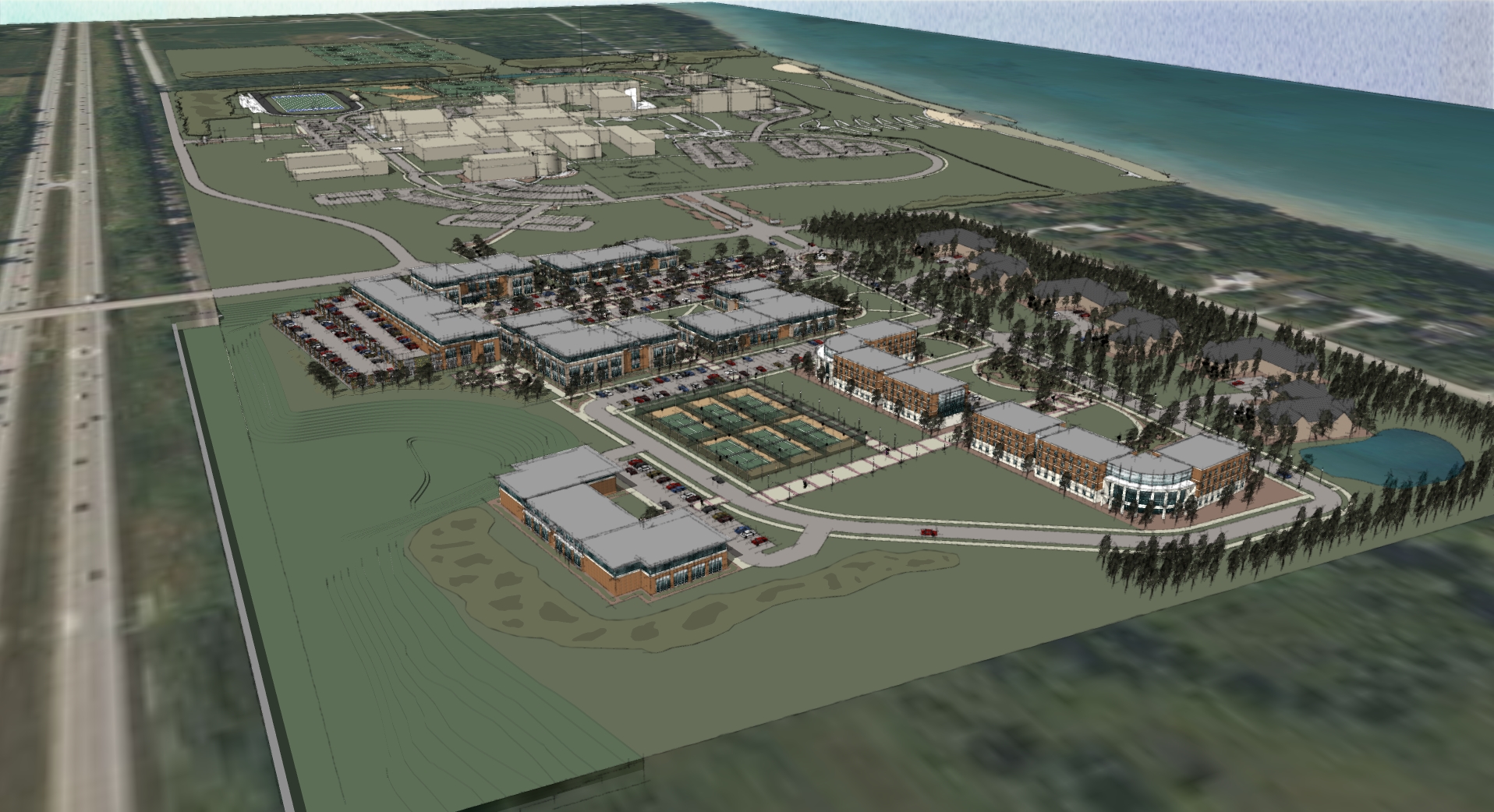
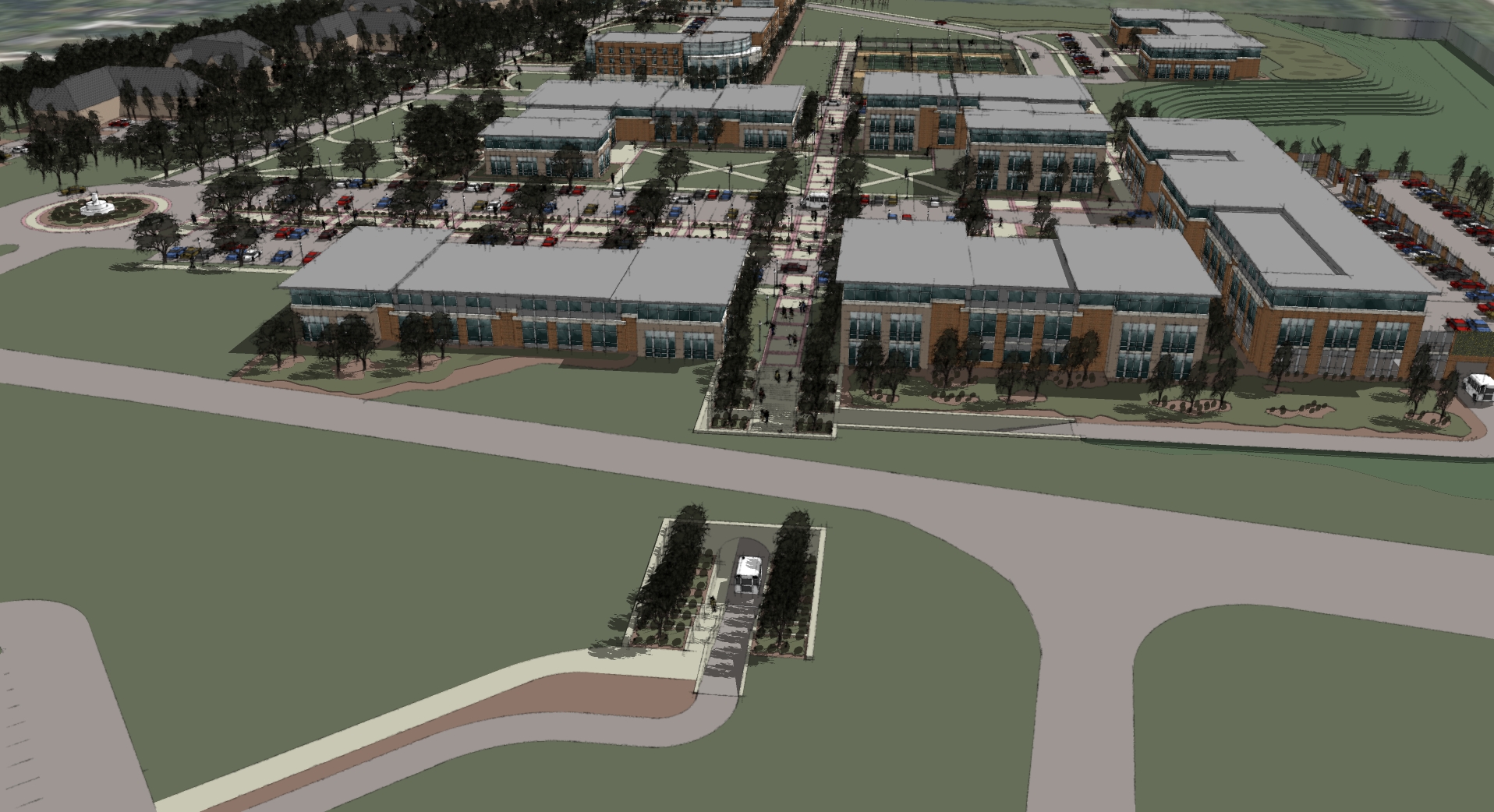
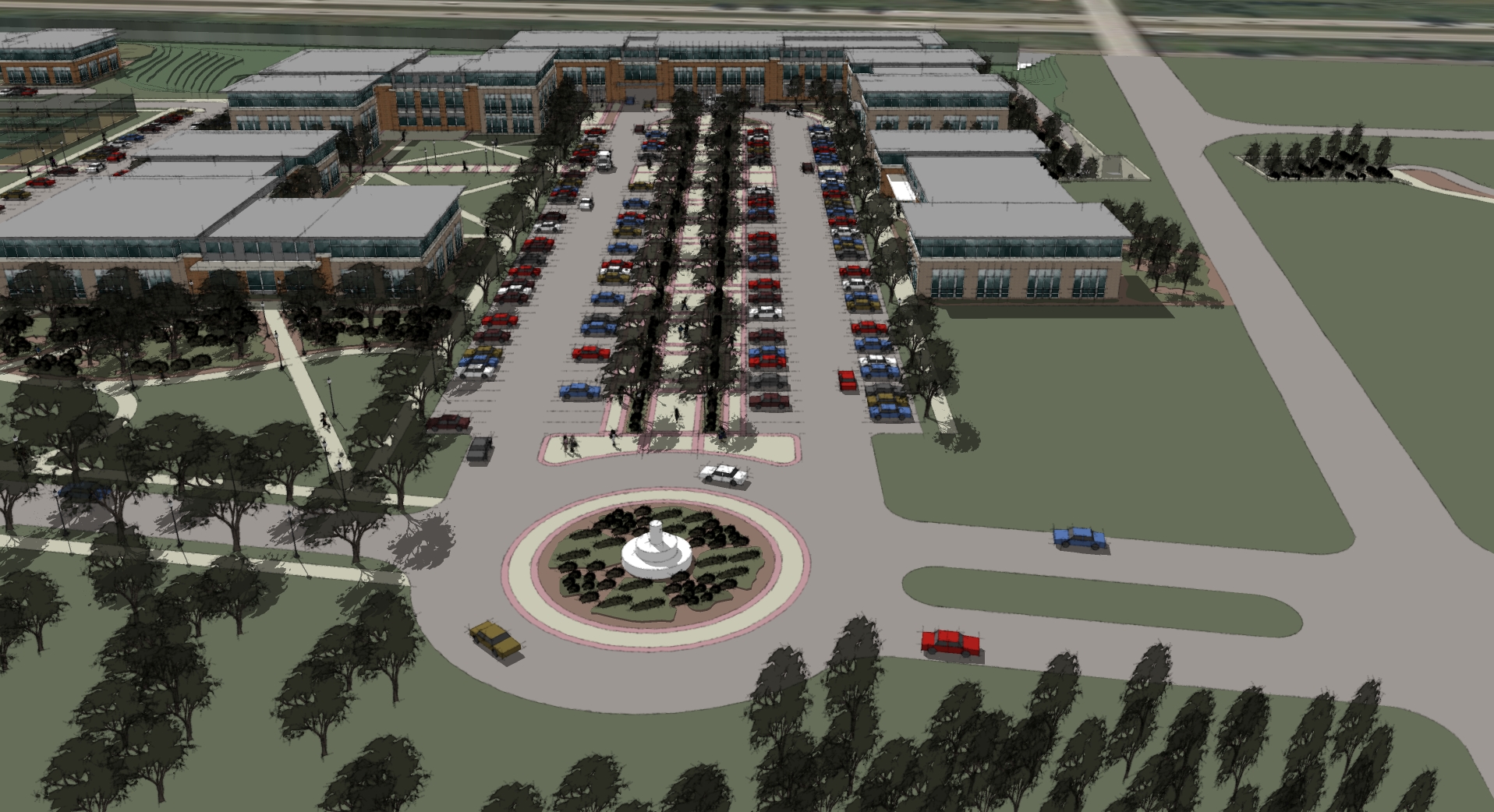
The 70/30 Rule
The 70/30 rule says that 70% of organizational improvement comes from re-engineering your existing operations and facilities. The other 30% comes from the physical design. With MHA’s collaboration, Concordia University of Wisconsin engages in an ongoing robust strategic planning process. From this come a set of guiding principles to improve education outcomes, enhance the collegiate experience, and notably help students develop in mind, body, and spirit for service to Christ in the Church and of the World.
Principle Drivers for Change
Interviews with leadership exposed the chance to create a evolving model for the future with some important themes.
- Position the University as a hub.
- Achieve a greater sense of belonging and collegiality and support meaningful relationships between faculty and students.
- Establish a branded venue for professional education.
- Originate opportunities to invite the community into attractive and professional spaces through forums, meetings, and informal events.
- Create space that encourages people to come earlier, stay later, and create loyal alumni.
The plan that eventually flowed from this project called for the main campus to expand to the south where a new pedestrian quad would form the core of a sophisticated complex of interconnected academic buildings. Concordia has gone all out to strengthen ties to the suburban surrounding community developing a logical approach to development rooted in open communication.
Concordia University Master Plan
Mequon, WI
With a student population of over 7000 students, Carnegie rankings place Concordia as one of the Largest Private Universities in Wisconsin. With size comes growing pain.
Concordia recognized the need to grow a campus that shifts away from structured and formal learning and toward an active, cooperative, and social process. As a result, the campus grows to become the “hub”, a place where learners go to connect, recharge, study, and socialize.
Like many private universities, it is also the transition from a commuter college to a modern campus community. The shift has an effect on where and how learning happens on campus and as a lifelong pursuit. The key is to create spaces that are as adaptable and flexible as the students are with amenities to enhance learning.
